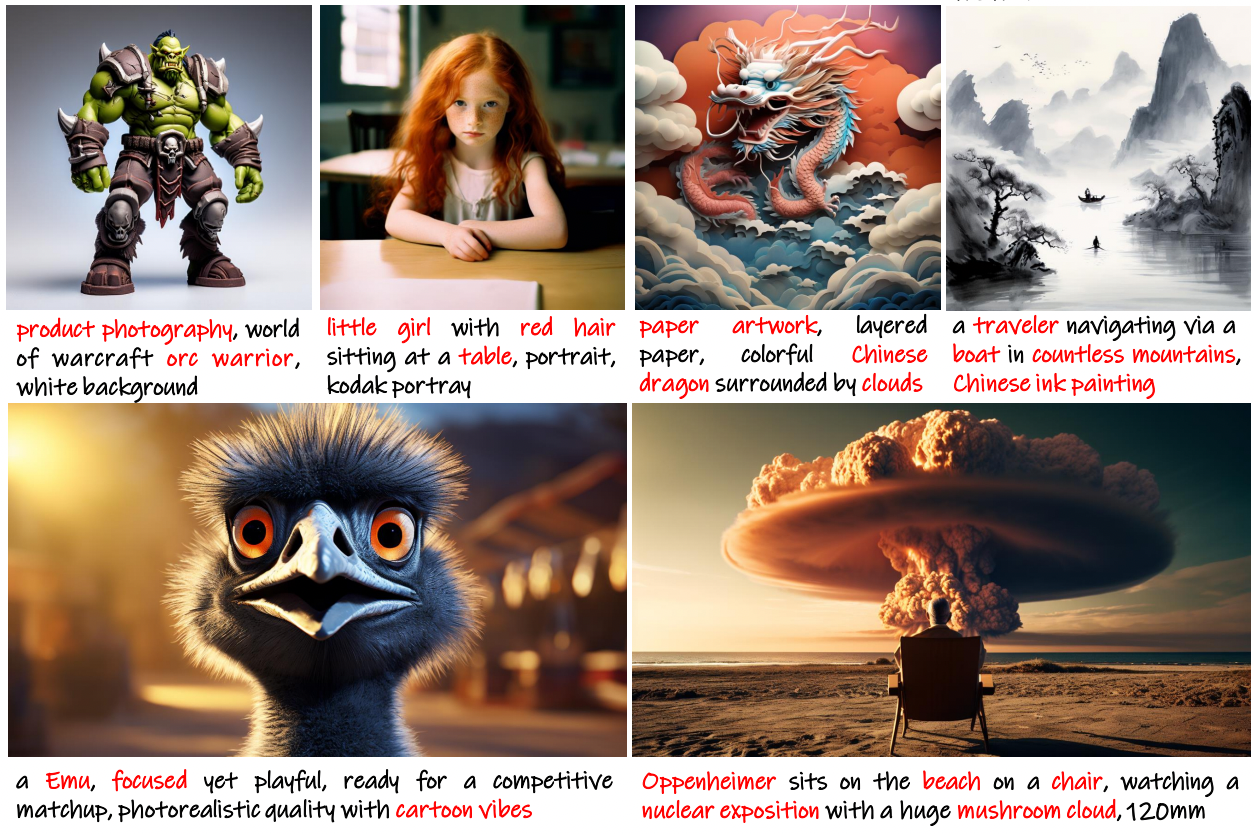File size: 7,403 Bytes
4ac8f3e |
1 2 3 4 5 6 7 8 9 10 11 12 13 14 15 16 17 18 19 20 21 22 23 24 25 26 27 28 29 30 31 32 33 34 35 36 37 38 39 40 41 42 43 44 45 46 47 48 49 50 51 52 53 54 55 56 57 58 59 60 61 62 63 64 65 66 67 68 69 70 71 72 73 74 75 76 77 78 79 80 81 82 83 84 85 86 87 88 89 90 91 92 93 94 95 96 97 98 99 100 101 102 103 104 105 106 107 108 109 110 111 112 113 114 115 116 117 118 119 120 121 122 123 124 125 126 127 128 129 130 131 132 133 134 135 136 137 138 139 140 141 142 143 144 145 146 147 148 149 |
<!--Copyright 2024 The HuggingFace Team. All rights reserved.
Licensed under the Apache License, Version 2.0 (the "License"); you may not use this file except in compliance with
the License. You may obtain a copy of the License at
http://www.apache.org/licenses/LICENSE-2.0
Unless required by applicable law or agreed to in writing, software distributed under the License is distributed on
an "AS IS" BASIS, WITHOUT WARRANTIES OR CONDITIONS OF ANY KIND, either express or implied. See the License for the
specific language governing permissions and limitations under the License.
-->
# PixArt-α

[PixArt-α: Fast Training of Diffusion Transformer for Photorealistic Text-to-Image Synthesis](https://huggingface.co/papers/2310.00426) is Junsong Chen, Jincheng Yu, Chongjian Ge, Lewei Yao, Enze Xie, Yue Wu, Zhongdao Wang, James Kwok, Ping Luo, Huchuan Lu, and Zhenguo Li.
The abstract from the paper is:
*The most advanced text-to-image (T2I) models require significant training costs (e.g., millions of GPU hours), seriously hindering the fundamental innovation for the AIGC community while increasing CO2 emissions. This paper introduces PIXART-α, a Transformer-based T2I diffusion model whose image generation quality is competitive with state-of-the-art image generators (e.g., Imagen, SDXL, and even Midjourney), reaching near-commercial application standards. Additionally, it supports high-resolution image synthesis up to 1024px resolution with low training cost, as shown in Figure 1 and 2. To achieve this goal, three core designs are proposed: (1) Training strategy decomposition: We devise three distinct training steps that separately optimize pixel dependency, text-image alignment, and image aesthetic quality; (2) Efficient T2I Transformer: We incorporate cross-attention modules into Diffusion Transformer (DiT) to inject text conditions and streamline the computation-intensive class-condition branch; (3) High-informative data: We emphasize the significance of concept density in text-image pairs and leverage a large Vision-Language model to auto-label dense pseudo-captions to assist text-image alignment learning. As a result, PIXART-α's training speed markedly surpasses existing large-scale T2I models, e.g., PIXART-α only takes 10.8% of Stable Diffusion v1.5's training time (675 vs. 6,250 A100 GPU days), saving nearly $300,000 ($26,000 vs. $320,000) and reducing 90% CO2 emissions. Moreover, compared with a larger SOTA model, RAPHAEL, our training cost is merely 1%. Extensive experiments demonstrate that PIXART-α excels in image quality, artistry, and semantic control. We hope PIXART-α will provide new insights to the AIGC community and startups to accelerate building their own high-quality yet low-cost generative models from scratch.*
You can find the original codebase at [PixArt-alpha/PixArt-alpha](https://github.com/PixArt-alpha/PixArt-alpha) and all the available checkpoints at [PixArt-alpha](https://huggingface.co/PixArt-alpha).
Some notes about this pipeline:
* It uses a Transformer backbone (instead of a UNet) for denoising. As such it has a similar architecture as [DiT](./dit).
* It was trained using text conditions computed from T5. This aspect makes the pipeline better at following complex text prompts with intricate details.
* It is good at producing high-resolution images at different aspect ratios. To get the best results, the authors recommend some size brackets which can be found [here](https://github.com/PixArt-alpha/PixArt-alpha/blob/08fbbd281ec96866109bdd2cdb75f2f58fb17610/diffusion/data/datasets/utils.py).
* It rivals the quality of state-of-the-art text-to-image generation systems (as of this writing) such as Stable Diffusion XL, Imagen, and DALL-E 2, while being more efficient than them.
<Tip>
Make sure to check out the Schedulers [guide](../../using-diffusers/schedulers.md) to learn how to explore the tradeoff between scheduler speed and quality, and see the [reuse components across pipelines](../../using-diffusers/loading.md#reuse-a-pipeline) section to learn how to efficiently load the same components into multiple pipelines.
</Tip>
## Inference with under 8GB GPU VRAM
Run the [`PixArtAlphaPipeline`] with under 8GB GPU VRAM by loading the text encoder in 8-bit precision. Let's walk through a full-fledged example.
First, install the [bitsandbytes](https://github.com/TimDettmers/bitsandbytes) library:
```bash
pip install -U bitsandbytes
```
Then load the text encoder in 8-bit:
```python
from transformers import T5EncoderModel
from diffusers import PixArtAlphaPipeline
import torch
text_encoder = T5EncoderModel.from_pretrained(
"PixArt-alpha/PixArt-XL-2-1024-MS",
subfolder="text_encoder",
load_in_8bit=True,
device_map="auto",
)
pipe = PixArtAlphaPipeline.from_pretrained(
"PixArt-alpha/PixArt-XL-2-1024-MS",
text_encoder=text_encoder,
transformer=None,
device_map="auto"
)
```
Now, use the `pipe` to encode a prompt:
```python
with torch.no_grad():
prompt = "cute cat"
prompt_embeds, prompt_attention_mask, negative_embeds, negative_prompt_attention_mask = pipe.encode_prompt(prompt)
```
Since text embeddings have been computed, remove the `text_encoder` and `pipe` from the memory, and free up some GPU VRAM:
```python
import gc
def flush():
gc.collect()
torch.cuda.empty_cache()
del text_encoder
del pipe
flush()
```
Then compute the latents with the prompt embeddings as inputs:
```python
pipe = PixArtAlphaPipeline.from_pretrained(
"PixArt-alpha/PixArt-XL-2-1024-MS",
text_encoder=None,
torch_dtype=torch.float16,
).to("cuda")
latents = pipe(
negative_prompt=None,
prompt_embeds=prompt_embeds,
negative_prompt_embeds=negative_embeds,
prompt_attention_mask=prompt_attention_mask,
negative_prompt_attention_mask=negative_prompt_attention_mask,
num_images_per_prompt=1,
output_type="latent",
).images
del pipe.transformer
flush()
```
<Tip>
Notice that while initializing `pipe`, you're setting `text_encoder` to `None` so that it's not loaded.
</Tip>
Once the latents are computed, pass it off to the VAE to decode into a real image:
```python
with torch.no_grad():
image = pipe.vae.decode(latents / pipe.vae.config.scaling_factor, return_dict=False)[0]
image = pipe.image_processor.postprocess(image, output_type="pil")[0]
image.save("cat.png")
```
By deleting components you aren't using and flushing the GPU VRAM, you should be able to run [`PixArtAlphaPipeline`] with under 8GB GPU VRAM.

If you want a report of your memory-usage, run this [script](https://gist.github.com/sayakpaul/3ae0f847001d342af27018a96f467e4e).
<Tip warning={true}>
Text embeddings computed in 8-bit can impact the quality of the generated images because of the information loss in the representation space caused by the reduced precision. It's recommended to compare the outputs with and without 8-bit.
</Tip>
While loading the `text_encoder`, you set `load_in_8bit` to `True`. You could also specify `load_in_4bit` to bring your memory requirements down even further to under 7GB.
## PixArtAlphaPipeline
[[autodoc]] PixArtAlphaPipeline
- all
- __call__
|